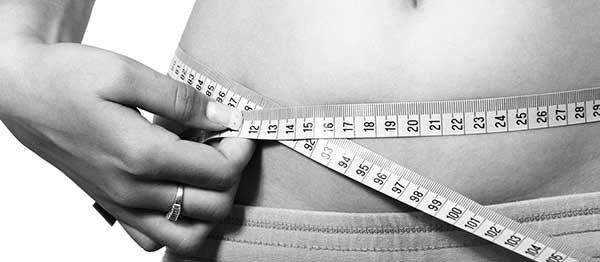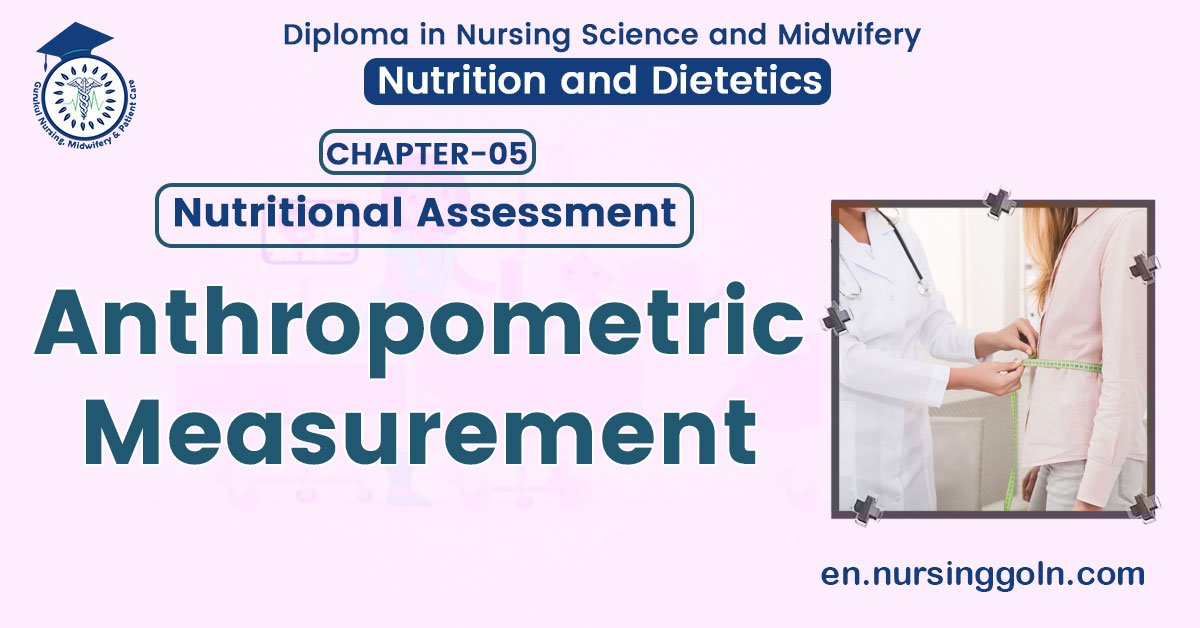Anthropometric Assessment – This book covers the entire syllabus of “Nutrition and Dietetics” prescribed by BNMC-for all Diploma in Nursing Science and Midwifery students. We tried to accommodate latest information and topics. This book is examination friendly setup according to the teachers’ lectures and examination’s questions. At the end of the book previous university questions are given. We hope in touch with the book students’ knowledge will be upgraded and flourished. The unique way of presentation may make your reading of the book a pleasurable experience.
Anthropometric Assessment
Anthropometric measurements are a series of quantitative measurements of the muscle, bone, and adipose tissue used to assess the composition of the body. The core elements of anthropometry are height, weight, body mass index (BMI), body circumferences (waist, hip, and limbs), and skinfold thickness.
or
Anthropometric measurements are used to assess the size, shape and composition of the human body. Learn about common methods used to gather these measurements, such as BMI, waist-to- hip ratio, skin-fold test and bioelectrical impedance.

Indications
There are several possible indications for anthropometric measurements.
In children, indications include stunting, wasting, and being underweight. Stunting is when children have a low height-for-age, wasting is a low weight-for-height, and underweight is a low weight-for-age. Mid-upper arm circumference (MUAC) is a viable measurement in children or pregnant women as a marker of nutritional status.
BMI is another commonly employed index of nutritional status and used as a gauge of malnutrition in children and adults. BMI is useful to identify obesity and the severity of obesity. Anthropometric measurements are often also used as part of the evaluation of fitness in athletes.
Contraindications
There are few contraindications to anthropometric measurement. The contraindications would be those that result from a condition that would make taking the measurement impossible or inaccurate, such as amputations or casting.
Nutritional Anthropometry:
Anthropometric measurements include.
1. Height (cm) and weight (kg): Weight is judged in relation to age and height, also height is judged in relation to age.
a) Weight for age: This is used an index of malnutrition. But major difficulty is that, in most cases, the ages of the children are unknown.
b) Height for age: This gives a picture of past nutritional history. But this is also age dependent.
c) Weight for height: This is age independent and is used as an index of current nutritional status.
2. Arm circumference: The left arm circumference is measured at the mid-point between the acromial process of scapula and olecranon process of ulna.
3. Skin fold thickness: It is measured by skin calipers over the triceps and sub scapular region.
In young children, additional measurements, such as head circumference and chest circumference are made.

Methods of Nutritional Assessment:
Direct Methods of Nutritional Assessment
These are summarized as ABCD
- Anthropometric methods
- Biochemical, laboratory methods
- Clinical examination methods
- Dietary evaluation methods
Indirect Methods of Nutritional Assessment
These include three categories:
- Ecological variables / factors.
- Economic factors e.g. per capita income, population density & social habits
- Vital health statistics particularly infant & under 5 mortality & fertility index
Nutritional Surveillance:
Nutritional surveillance has been defined as “Keeping watch over nutrition, in order to make decisions that will lead to improvement in nutrition in population”. Three distinct objectives have been defined for surveillance systems:
1. To aid long-term planning in health and development.
2. To provide input for program management and evaluation.
3. To give timely warning and intervention to prevent short-term food consumption crises.

Read more:
